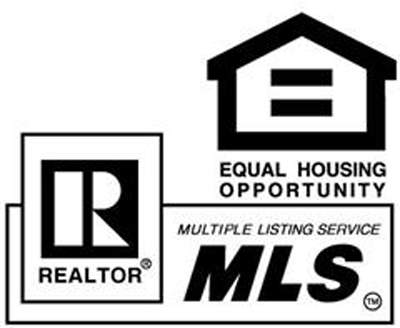The real estate market has shown a build-up of housing momentum this year – “fueled by significant improvements in economic fundamentals, low mortgage rates, and compressed inventory” – that will likely translate into larger gains in 2015, according to realtor.com®’s newly released 2014 Housing Review.
“Many of the gains that we recently predicted in the realtor.com® 2015 Housing Forecast are built on housing growth established in 2014,” says Jonathan Smoke, realtor.com®’s chief economist. “Overall, this year’s housing market showed steady advances over 2013 with significant improvement in key housing metrics, despite some remaining challenges. Increases in job creation and gross domestic product (GDP) have had a significant impact on consumer confidence and home buyer demand. Paired with historically low interest rates, these factors kept properties moving quickly with median time on market at approximately 90 days. Unfortunately, the low number of homes for sale and stringent lending standards prevented a normal number of first time home buyers from closing on their first home in 2014.”
Here are some of the trends realtor.com® notes from 2014 that will help drive a stronger 2015:
- An improving economy: “After an especially harsh winter earlier in the year, the economy picked up steam and produced a banner year for new jobs,” realtor.com® notes in its report. “The GDP this year was higher, and is still trending higher, resulting in stronger consumer confidence.”
- Low mortgage rates: Despite the end of the Federal Reserve’s quantitative easing this year, mortgage rates continued to decline and helped to lower borrowing costs of home buyers. In recent weeks, the 30-year fixed-rate mortgage has been below 4 percent.
- Returns to normal price appreciation: “After two years of abnormally high levels of home price appreciation in 2012 and 2013, price increases moderated throughout 2014,” realtor.com® notes. “We are now experiencing increases in home prices consistent with long-term historical performance.”
- Distressed sales decline: Foreclosures and short sales fell throughout the year. Foreclosures are projected to be down 30 percent year-over-year at the close of 2014.
- Investor activity lessens: Coinciding with the drop in distressed sales and higher home prices, large-scale investor purchase activity in the single-family market decreased. Less competition from investors may offer more room for traditional first-time buyers to squeeze into the market.
However, the realtor.com® report notes several factors that continue to plague the housing recovery and prevent it from being stronger, including:
- Tight credit standards: “Despite historically low rates, many households were prevented from capitalizing on mortgage access because of overlays lenders added to qualification standards in order to limit put-back risk,” realtor.com® notes. “A tight spread between approved and declined FICO scores shut out nearly half of the potential population this year. As a result, mortgage credit availability did not improve in 2014.”
- Tight inventories of for-sale homes: Inventories did rise this year, but supply failed to outpace demand. The monthly supply of new homes and existing homes continued to fall beneath normal levels, and the age of inventory was down year- over-year.
- Fewer first-time buyers: The share of first-time buyers dropped to the lowest level in nearly 30 years, according to the National Association of REALTORS®. “But the first-time buyer share is showing signs of modest improvement by the year-end,” says Lawrence Yun, NAR’s chief economist. Federal policy actions, such as revised regulations for lenders and new low down-payment programs introduced in December, are believed to have a positive impact in increasing first-time home buyer share in 2015.
- Record levels of renters: The home ownership rate continued to fall this year as the number of renters increased. Rent increases have become an inflationary concern this year, and the pace of rental increases does not appear to be slowing down.
- Sluggish new-home building: Single-family new-home starts barely budged in 2014 compared to 2013. New home sales remain far from normal levels. They are typically near 16 percent and instead remain around 9 percent. Still, new home prices rose substantially again this year, revealing that higher priced product is limiting the demand.
Source: realtor.com®


